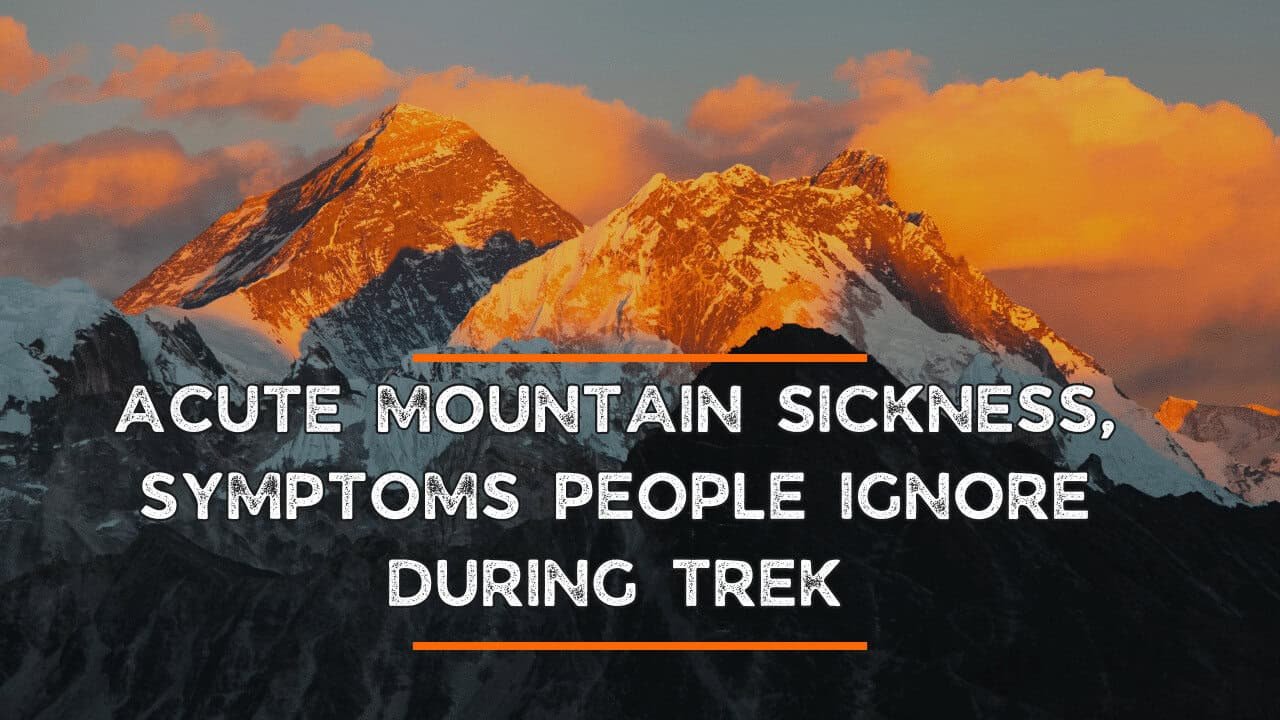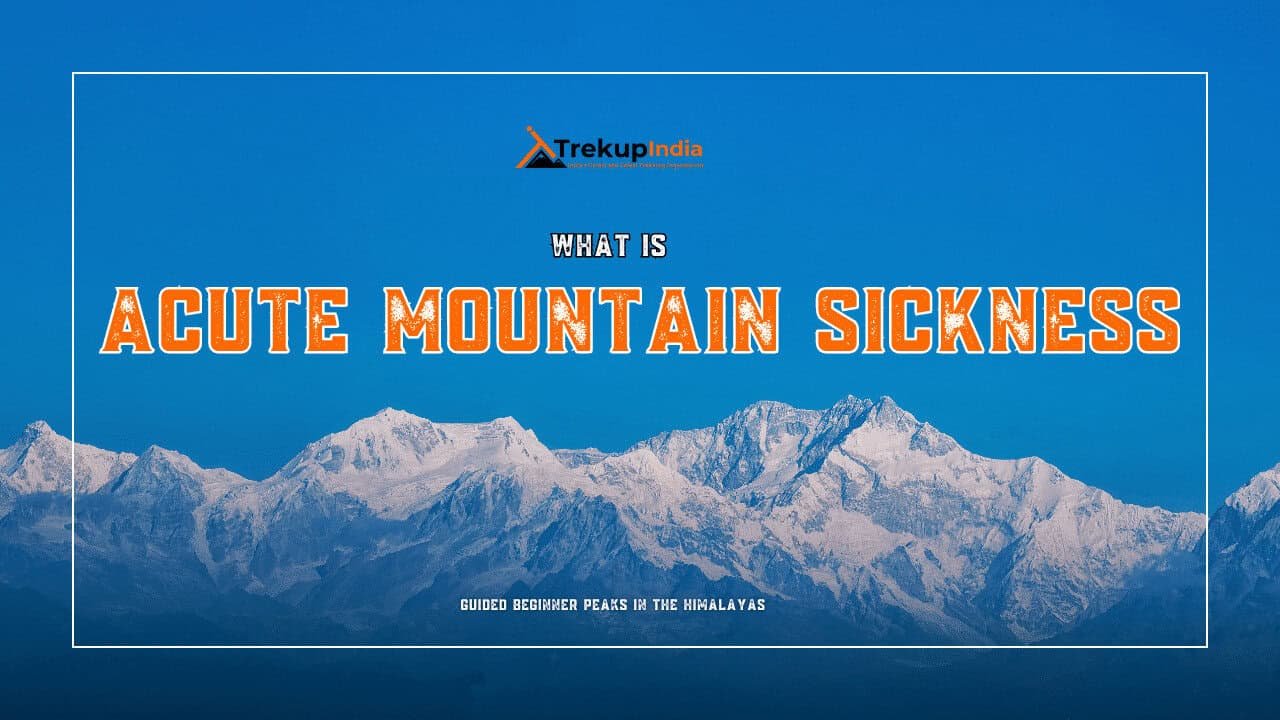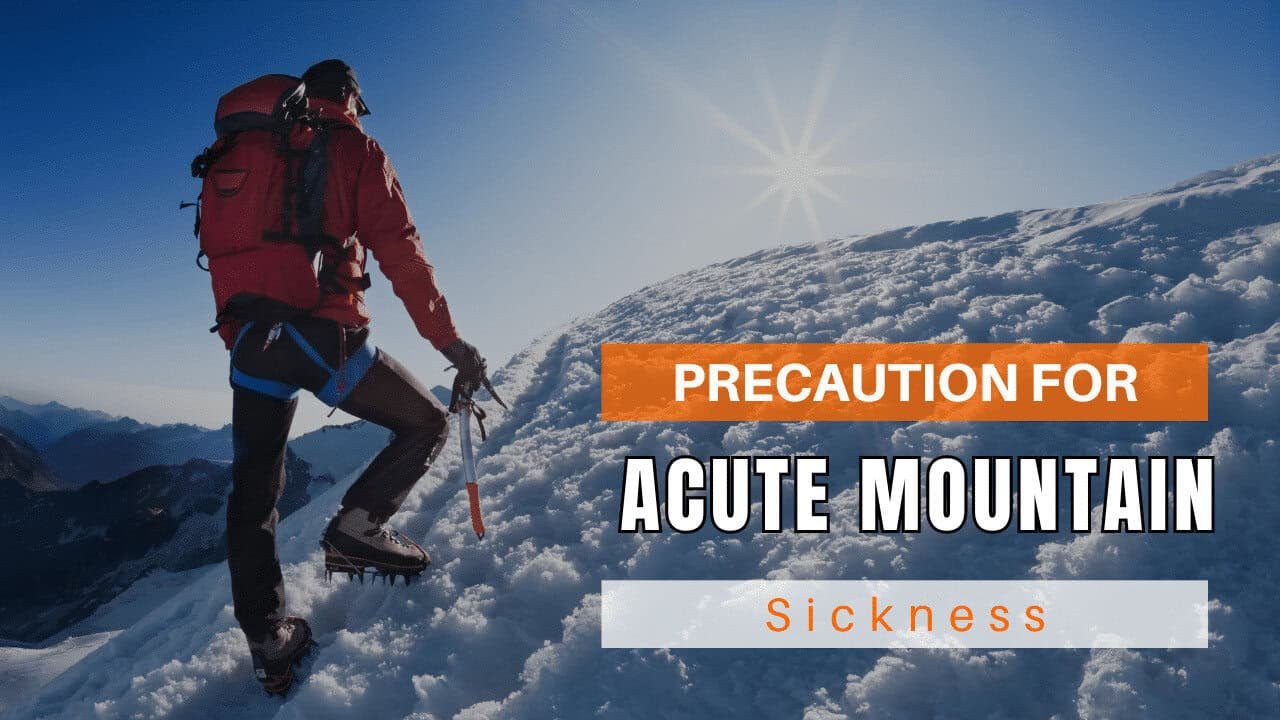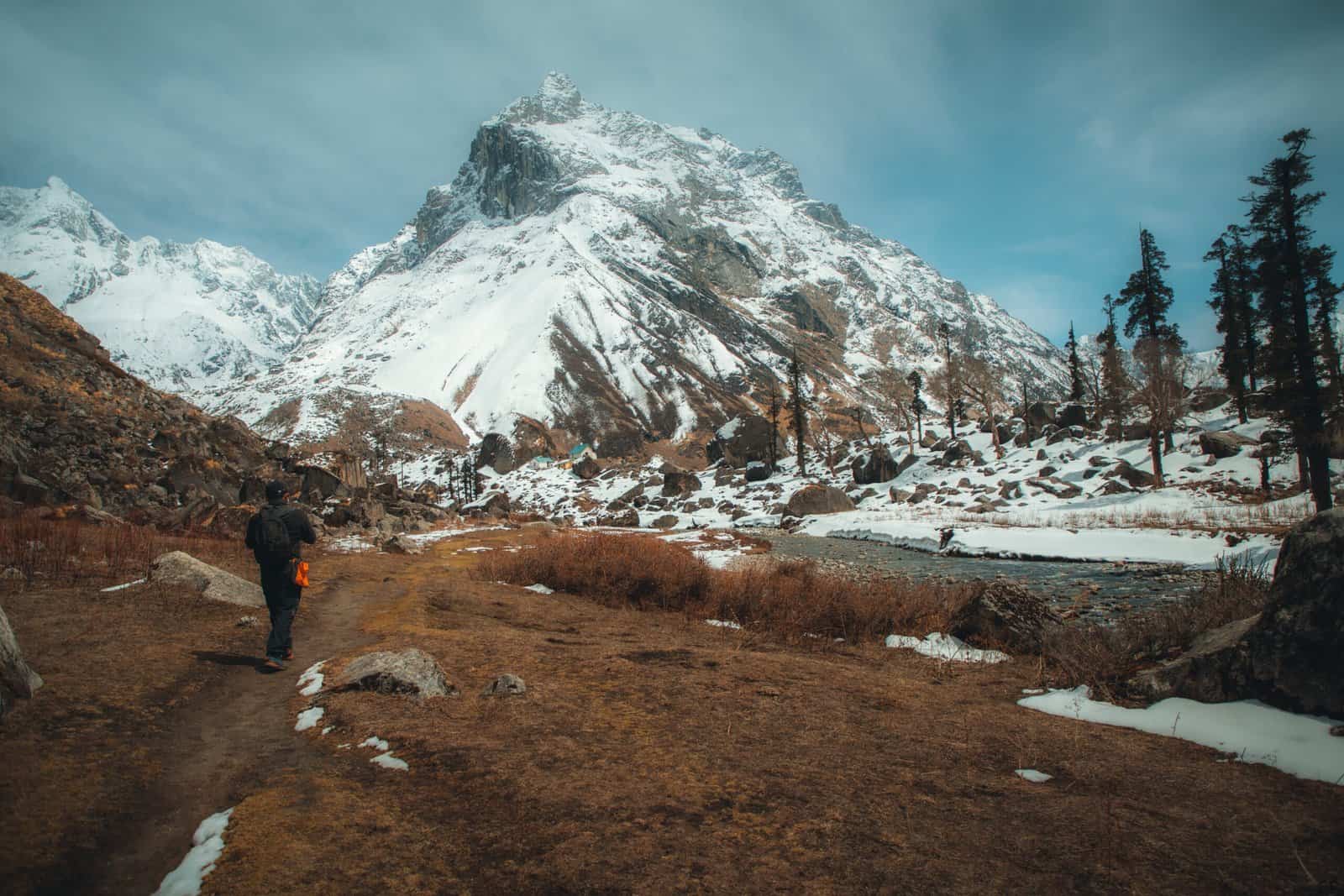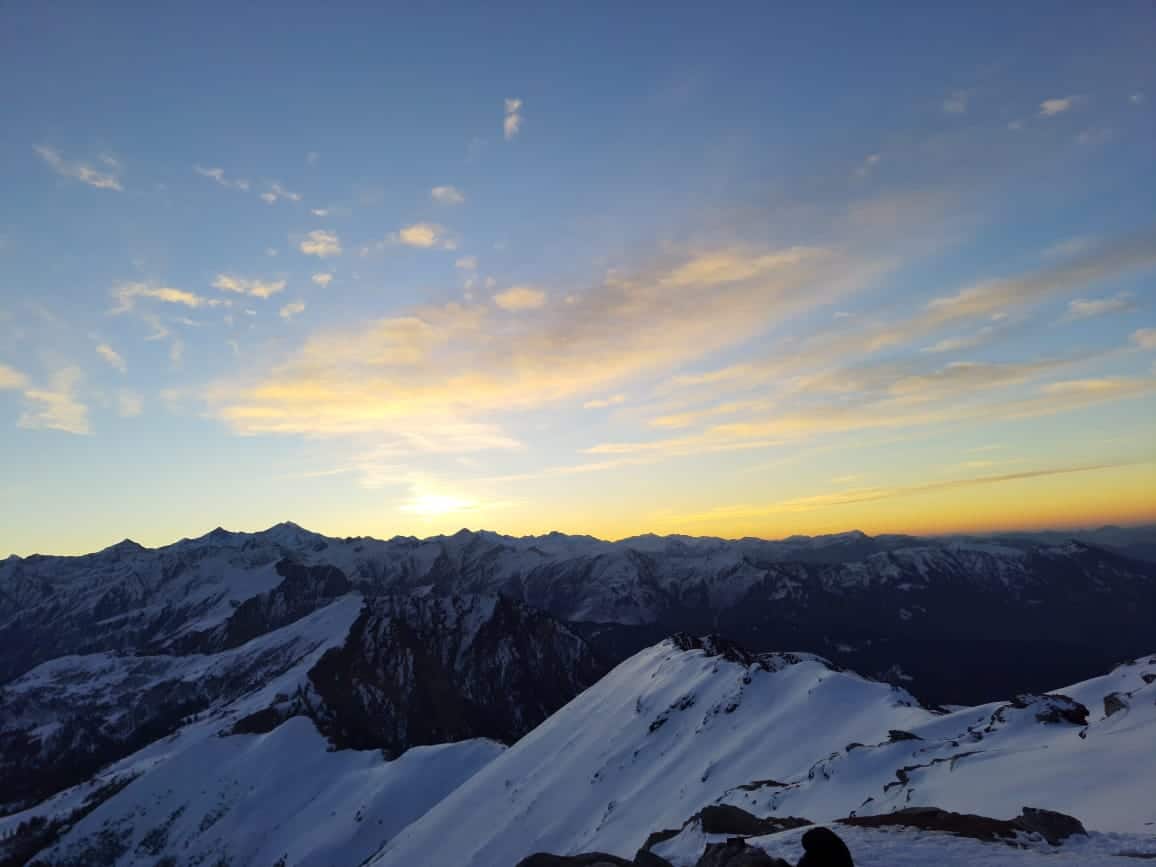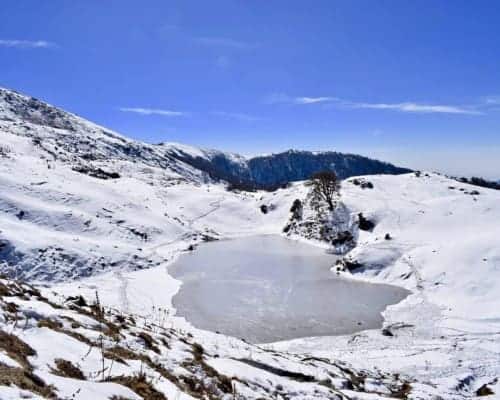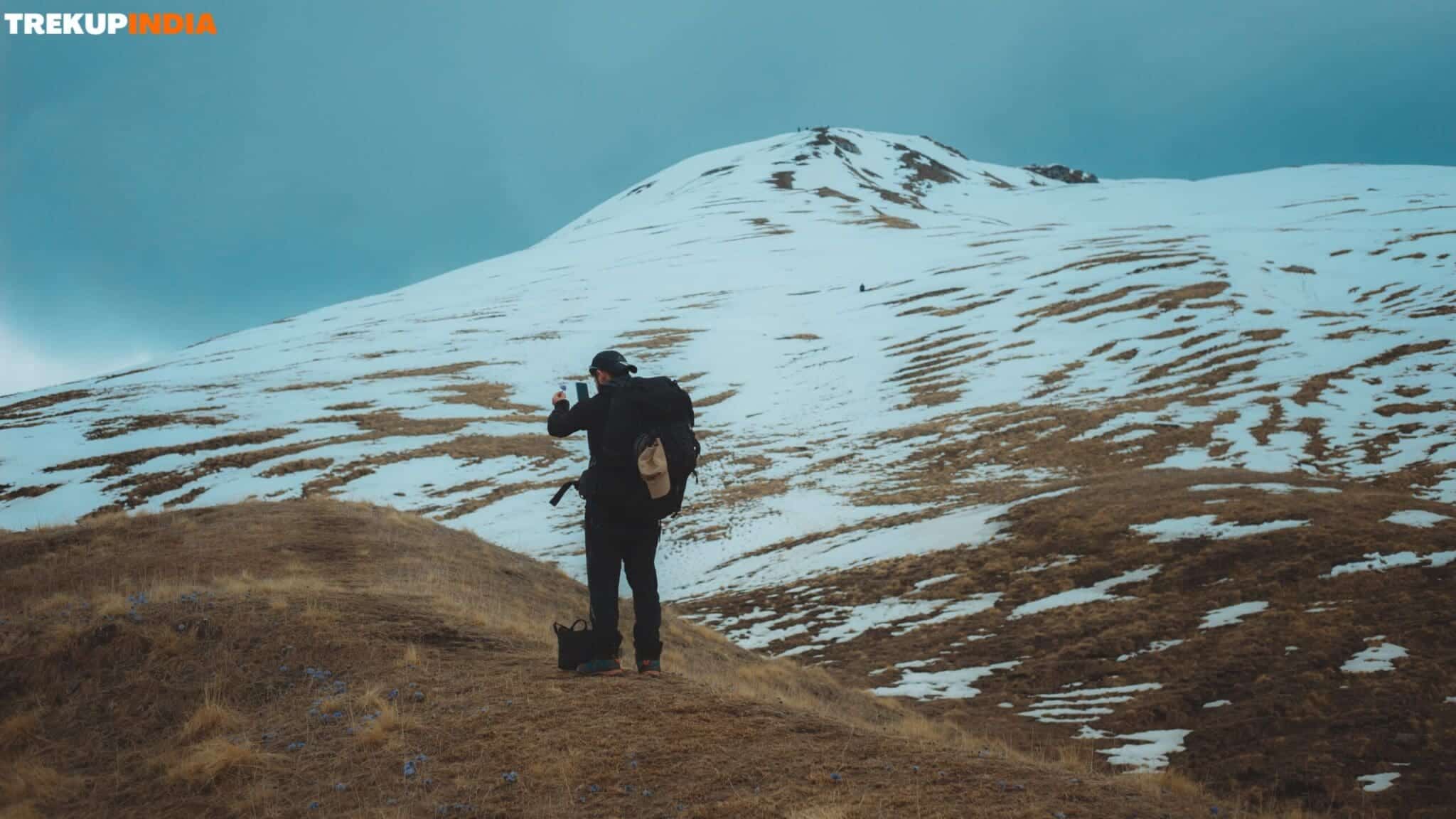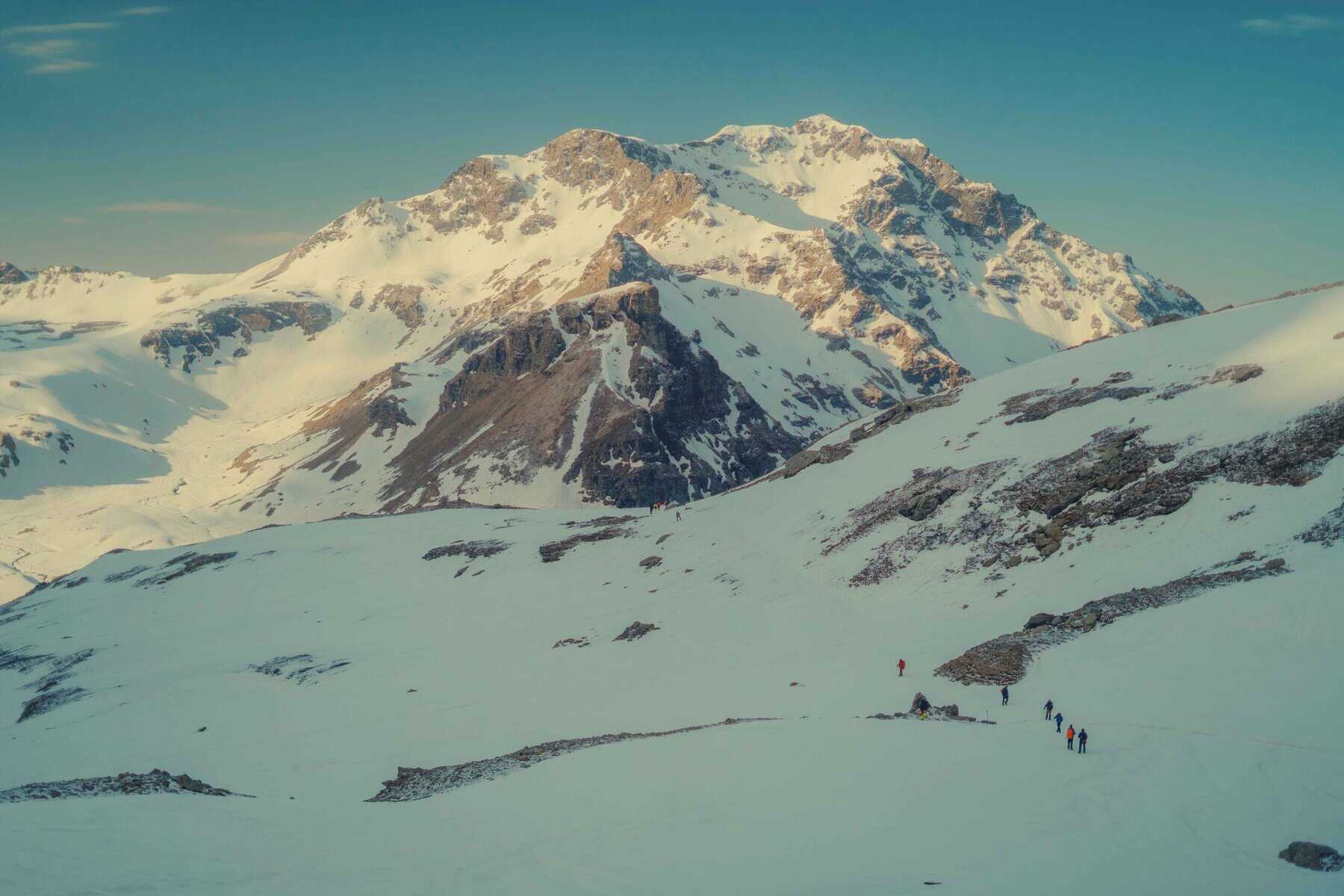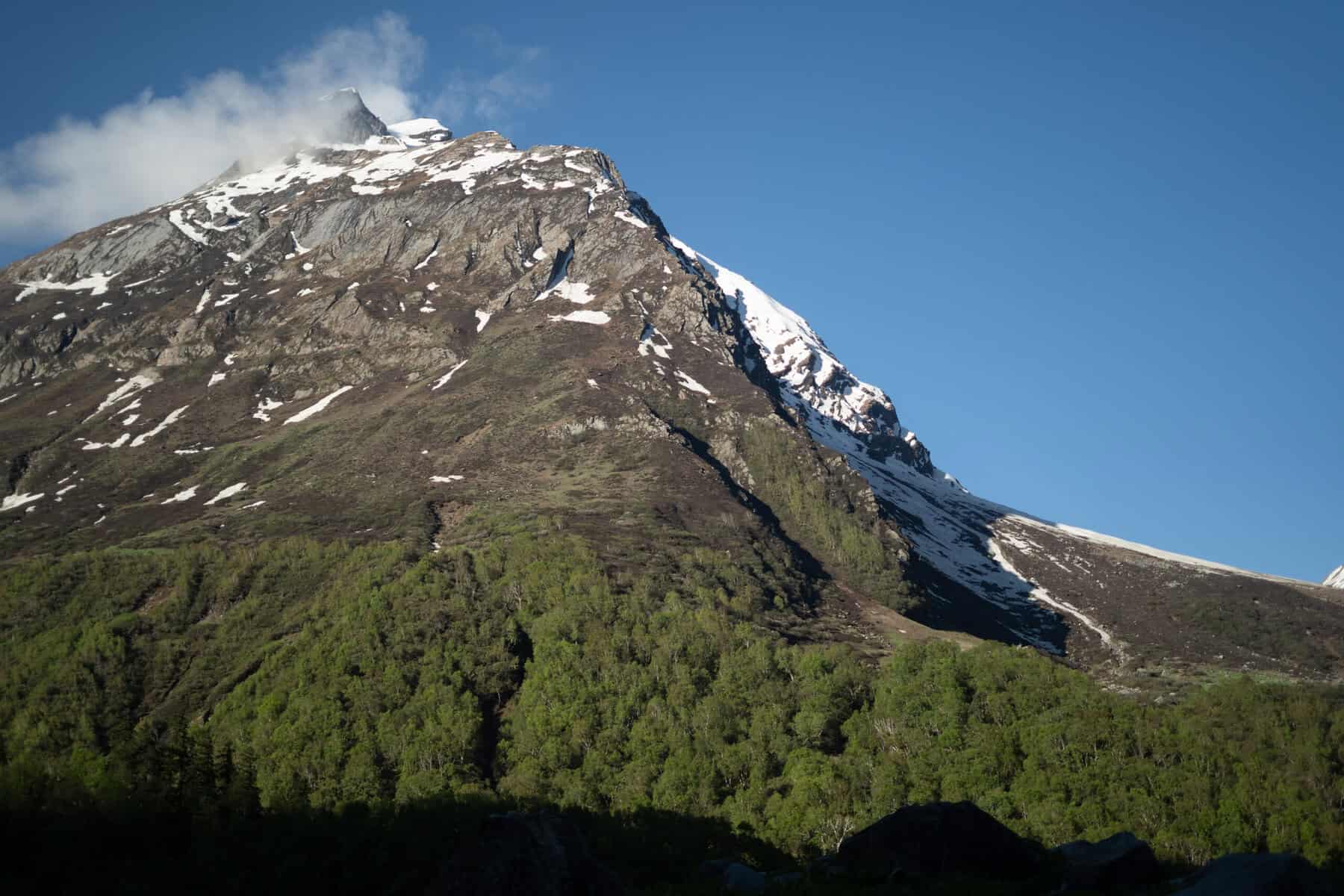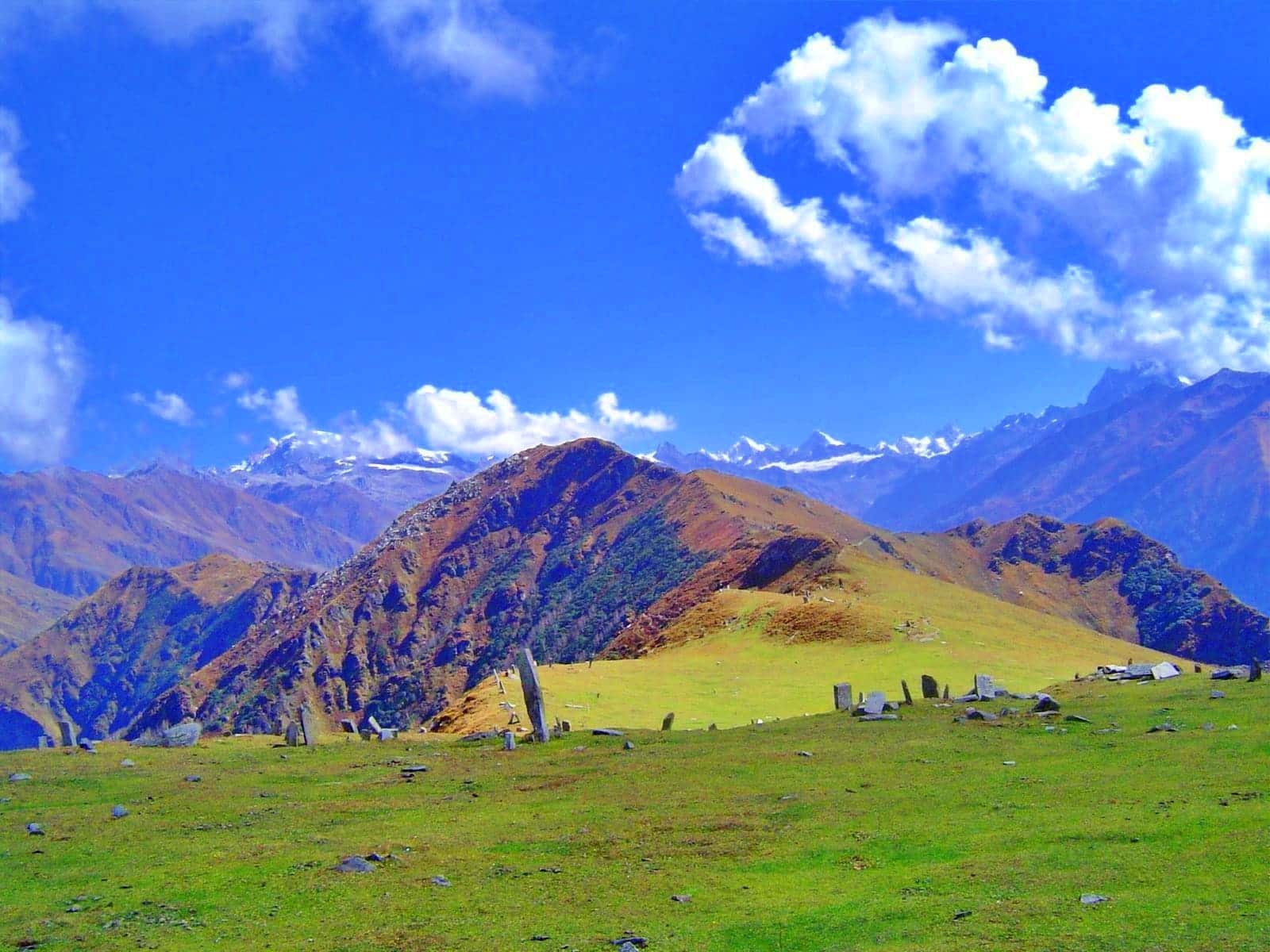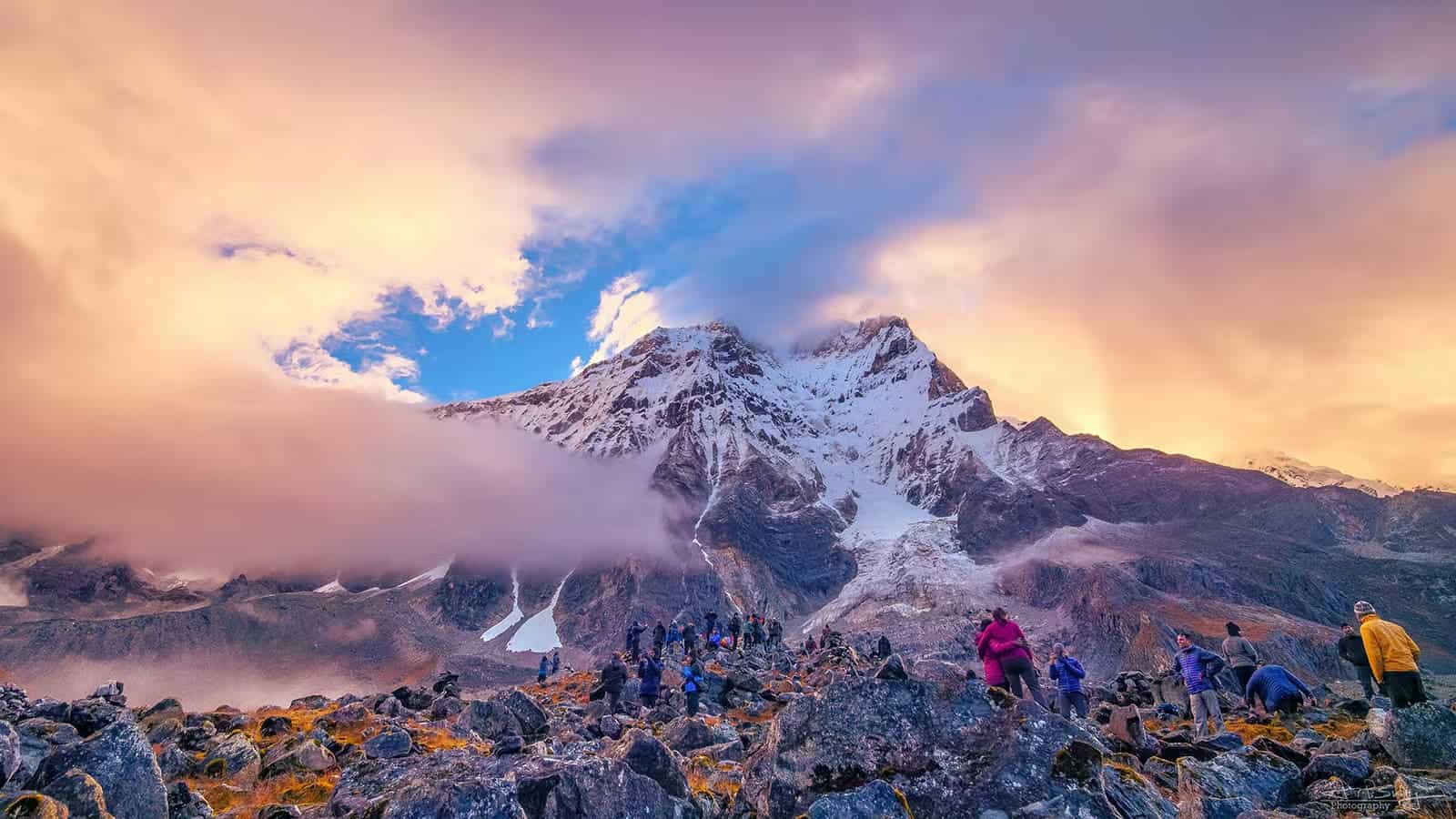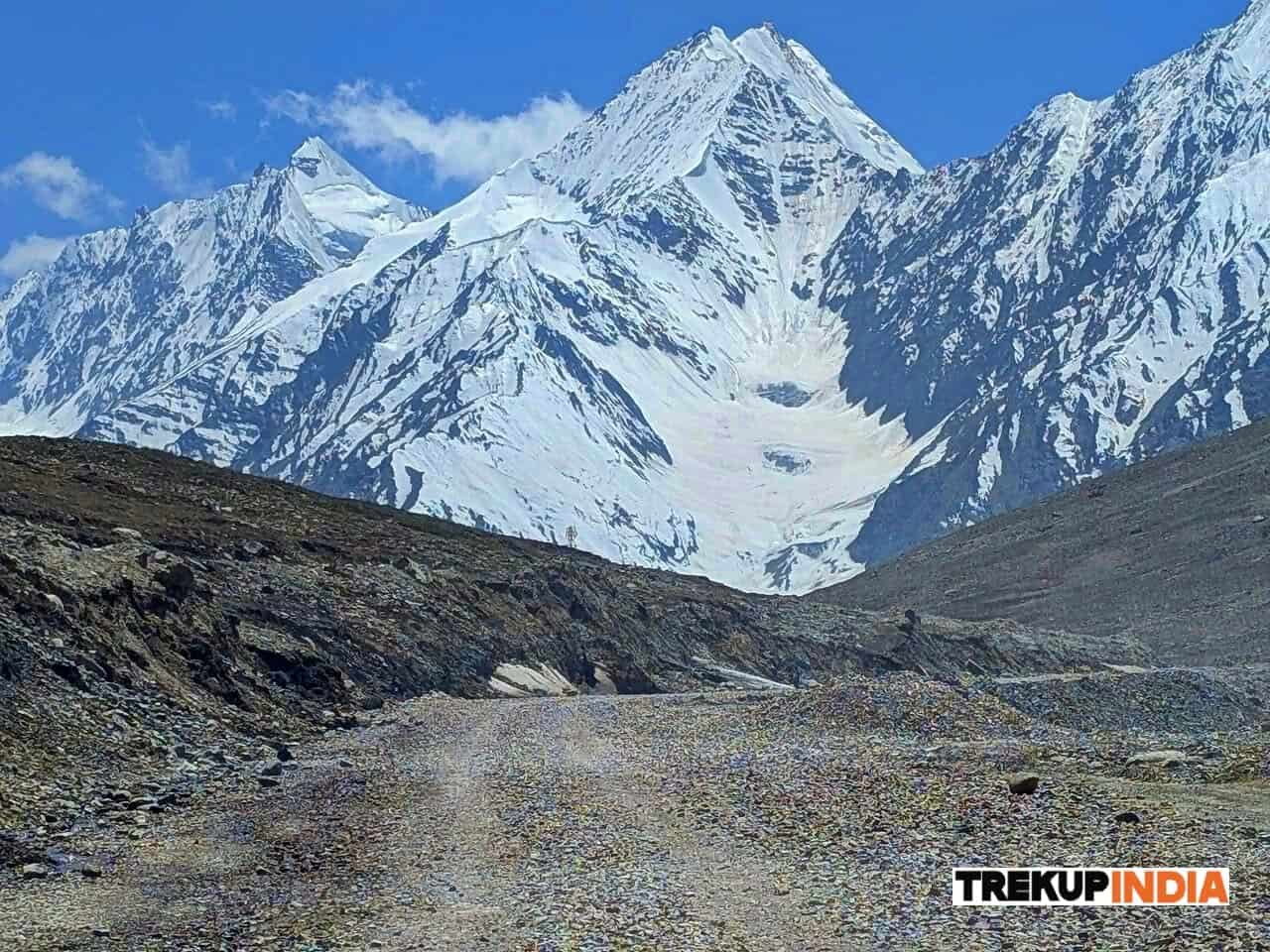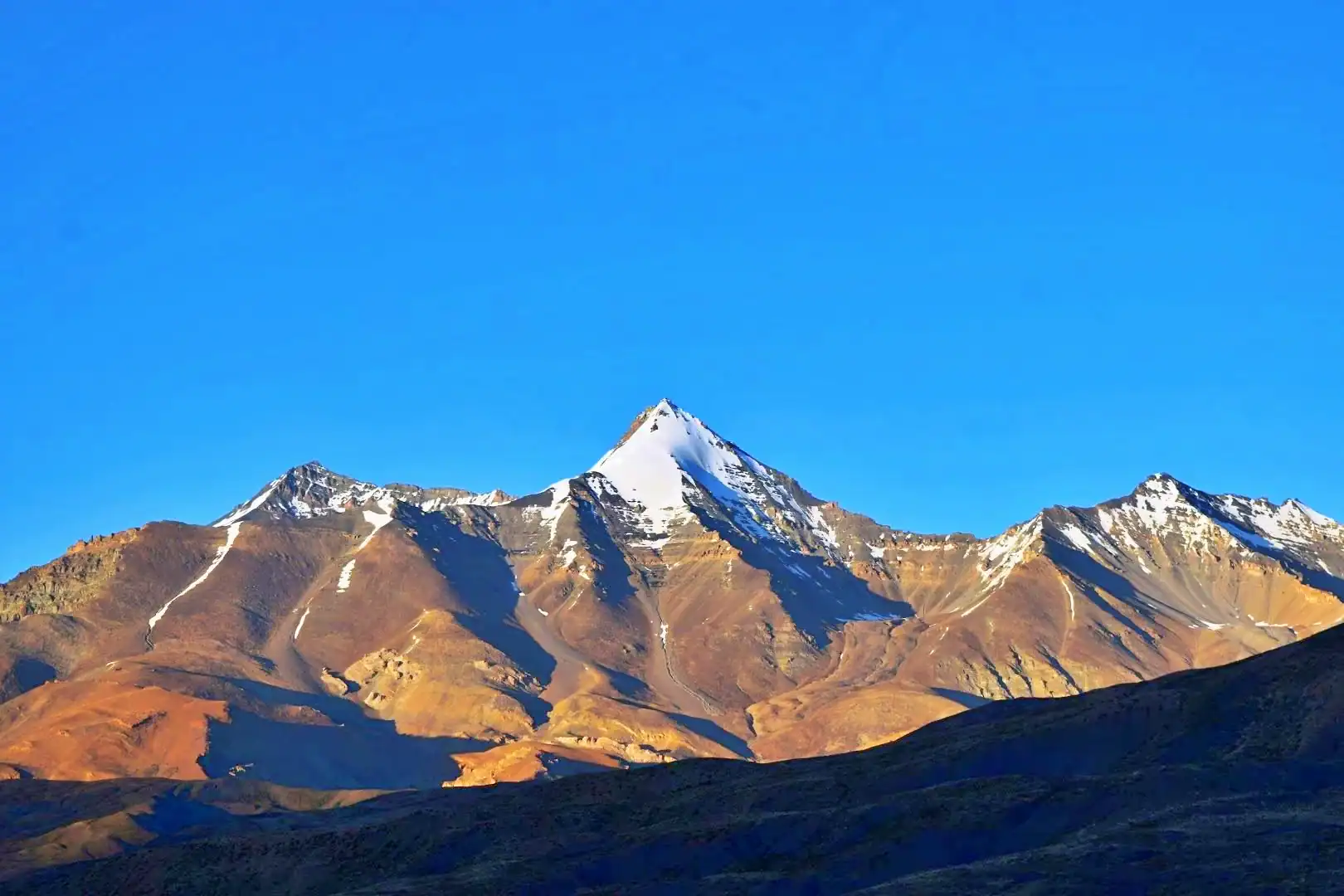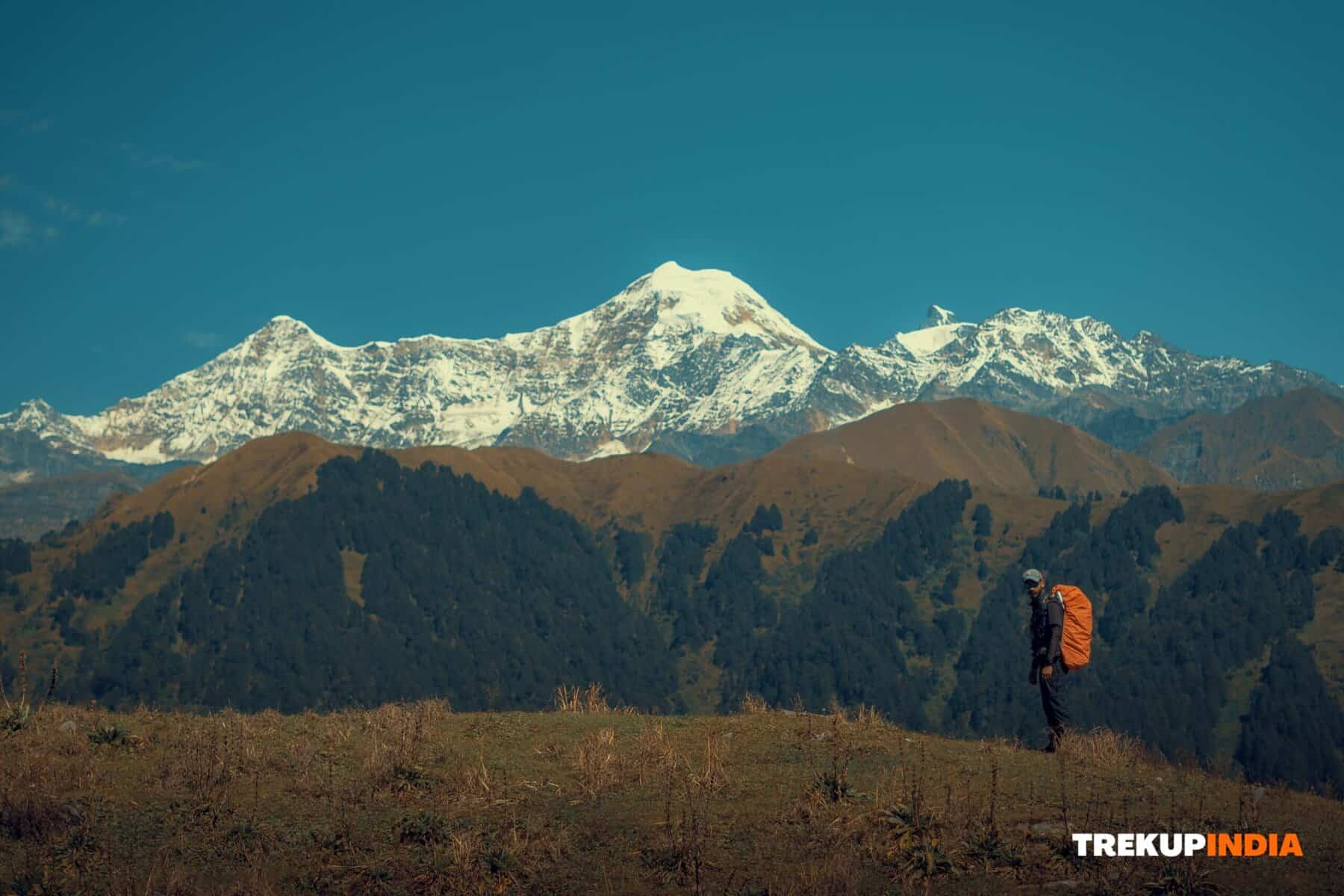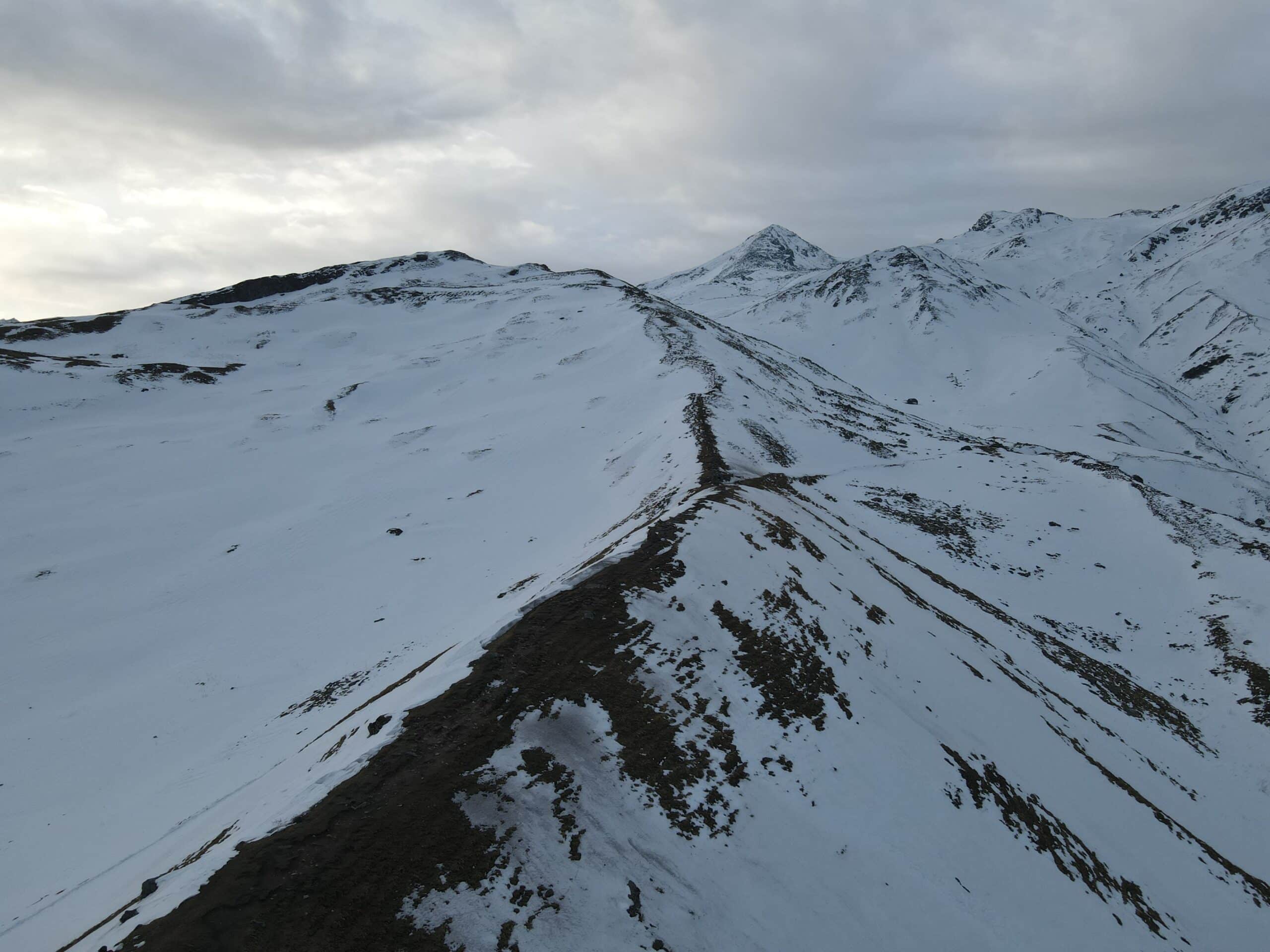Electrolyte Balance for Energy & Cramp Prevention
Imagine yourself near the halfway point of trekking the Himalayan Ridge, it’s stunning scenery but your legs start cramping and fatigue sets in. This could be caused by an electrolyte imbalance; Trekup India has seen fit trekkers fall victim to low electrolyte levels due to inadequate hydration despite training as much as they possibly can before embarking on any trek – whether Kedarkantha, Buran Ghati or Goechala is your destination – maintaining balanced electrolytes is essential to keeping endurance and performance of muscle tissue and endurance of muscles while trekking towards it all.
Why Are Electrolytes Crucial at High Altitudes?
At higher altitudes, electrolytes are lost more rapidly as a result of things like increased frequency of urination (a normal reaction to elevation), sweating due to physical exercise and fast breathing (losing water through breathing). Low levels of oxygen also strain muscles.
Key electrolytes – sodium, potassium, magnesium and calcium–play crucial roles in our daily lives.
Cramps and muscle contraction treatments
Nerve impulse transmission: Transmission of nerve signals
Hydration and balance of fluids
Energy production and endurance.
Signs of Electrolyte Imbalance
Muscle Cramps (especially on legs and calves ) Persistent Fatigue (even after rest ) Dizziness or Lightheadedness
Nausea or Headaches, Hemiplegic Heart Beat (in extreme instances ).
Rejecting these warnings could result in serious heat exhaustion, dehydration and worsened altitude sickness.
- Hydrate With Electrolyte Solutions
Take ORS (Oral Rehydration Salts) or electrolyte tablets such as Hydralyte Nuun or Hydralyte as needed (local options may also exist).
Too much plain water may dilute essential electrolytes and worsen cramps.
- Eat Electrolyte-Rich Snacks
Snacking on Electrolyte-Rich Foods For instance: Pickles, nuts and trail mix are rich sources of sodium while potassium can be found in bananas and dried apricots, magnesium in dark chocolate almonds and pumpkin seeds as well as calcium-rich options like cheese/yogurt (if available), sesame seeds or yogurt (if there) would also provide essential electrolytes.
- Minimize Caffeine & Alcohol
Caffeine and alcohol both increase urination rates and flush away electrolytes more quickly, contributing to faster detoxification of electrolytes from your system.
If you plan on drinking, make sure that an electrolyte supplement can also be taken.
- Choose Natural Solutions
Coconut water is an excellent natural source of potassium.
Salt and lemon water make an easy homemade rehydration drink.
- Evaluate Urine Colour & Sweat Loss
Clear urine indicates overhydration (you may require additional electrolytes).
Dark urine may be a telltale sign of dehydration; drink more fluids containing electrolytes to stay hydrated.
Salt marks that appear white on clothing (high sodium loss) should be addressed immediately by replenishing salt reserves.
Emergency Solutions for Electrolyte Deficiency
To relieve cramps, massage your muscle and drink an electrolyte-rich drink.
To combat fatigue, resting, having an ice-cold snack, and replenishing electrolytes may help.
To help reduce nausea, try munching on ginger-flavoured candy or taking tiny sips from an ORS solution.
Conclusion
Electrolytes management at higher altitudes is as essential as drinking enough water, with neglect leading to discomfort, cramps and diminished trekking performance. Planning your hydration strategy – such as adding electrolytes to the water source or eating foods rich in minerals while avoiding dehydrating substances – allows for longer, more vigorous treks while remaining safe and secure.
About Author

Anoop Rawat (Admin TrekUp India)
Anoop has worked for 5 years as a Trek Leader with TrekUpIndia, leading numerous treks across the diverse and challenging terrains of Uttarakhand and Himachal Pradesh. He holds a degree in Geology with a specialization in Geographic Information Systems (GIS) from UPES Dehradun. During his academic years, he actively applied his classroom knowledge in the field—most notably by contributing to a glacier research project on the Jundar Glacier in the Har Ki Dun Valley, Uttarakhand. Write Anoop at anoop@trekupindia.com
Share this article
Dates For Upcoming Treks
Want To Trek Like Pro?
Basically, watch these videos if you want to trek the same way professional trekkers do and make your skills better. These videos contain useful tips and techniques to further improve your trekking skills itself. These videos actually help both new and experienced trekkers improve their trekking skills. These videos definitely provide useful tips that make your trek better. We are seeing that these videos by Trekup India experts will only help you make your trekking skills better.
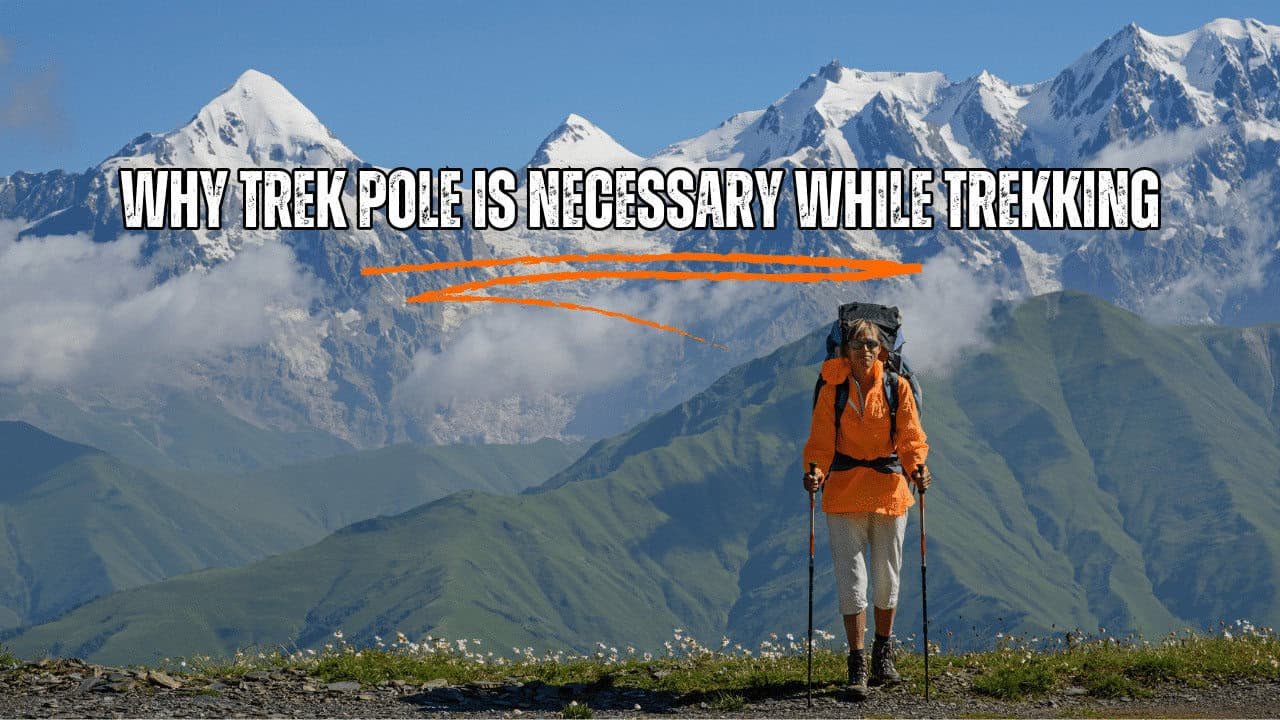
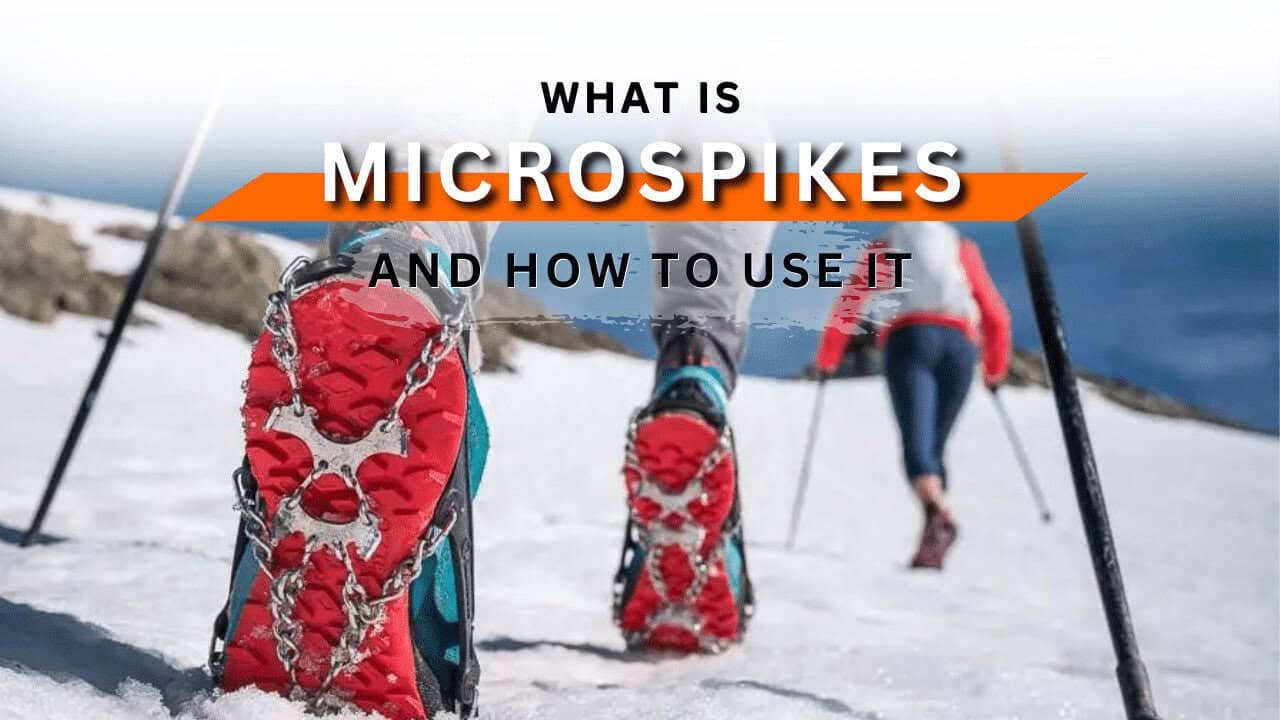



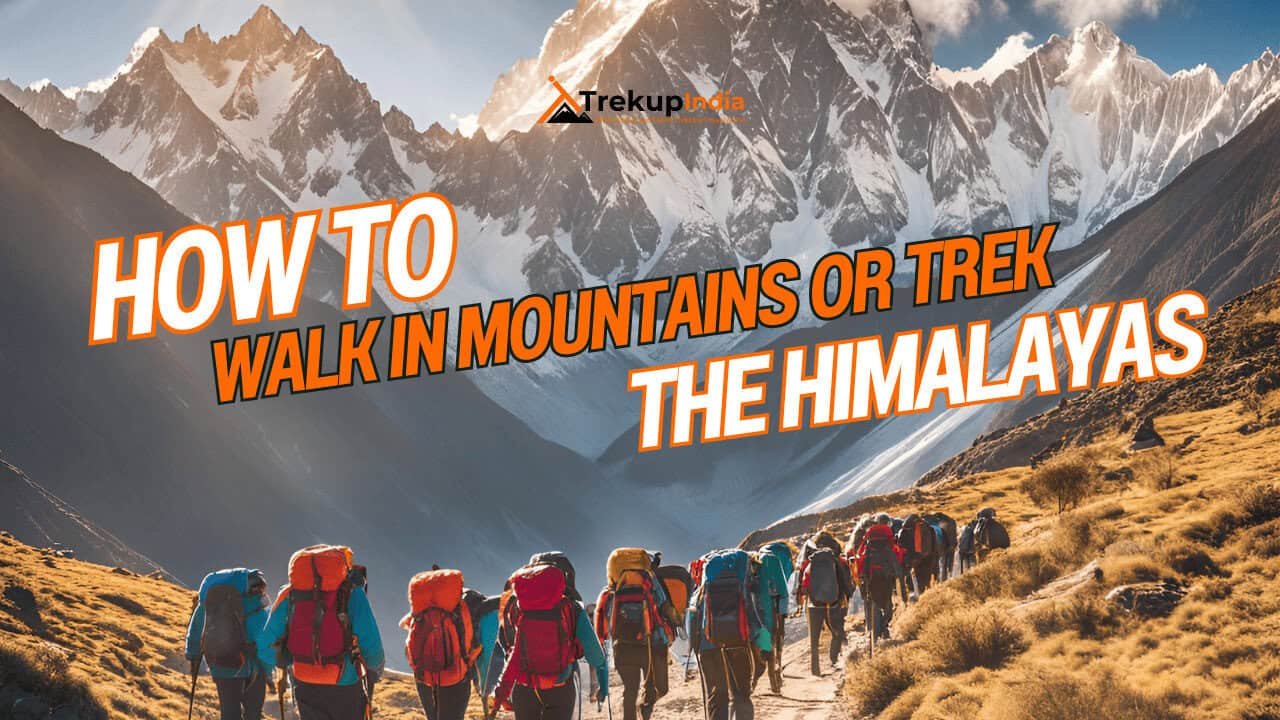

Know Everything About Acute Mountain Sickness
Acute Mountain Sickness occurs when people trek to high altitudes above 8,000 feet. This condition itself develops further due to reduced oxygen levels at such heights. Basically, as you go higher up, the air pressure and oxygen levels decrease, which causes the same problem. Acute Mountain Sickness surely causes headache, nausea, vomiting, and dizziness in affected persons. Moreover, peoples also experience difficulty in sleeping during this condition. To avoid mountain sickness, you should actually trek up slowly to higher altitudes. To learn further about this condition itself, watch the videos by Trekup India.
